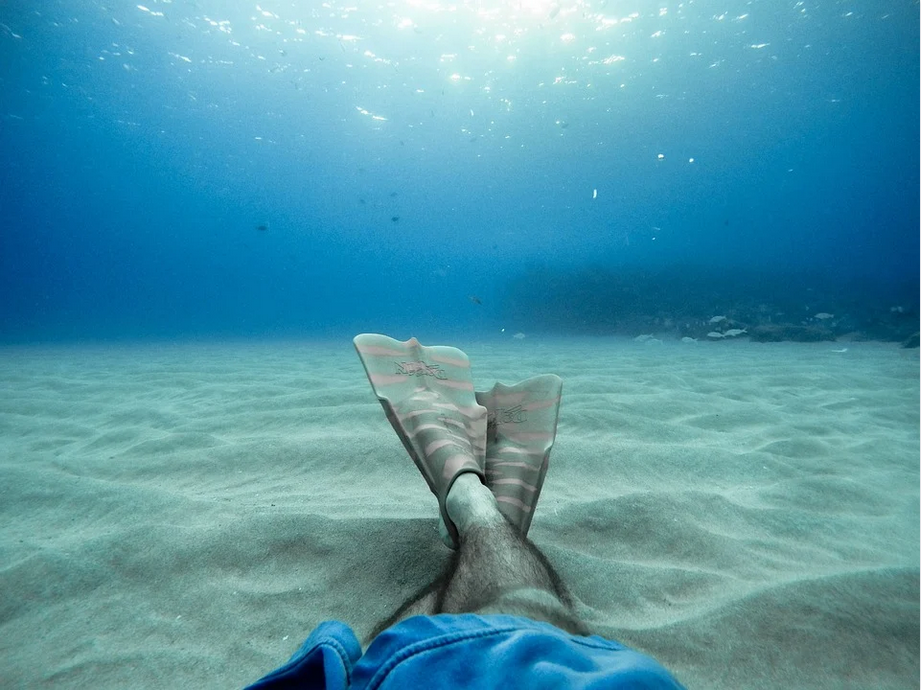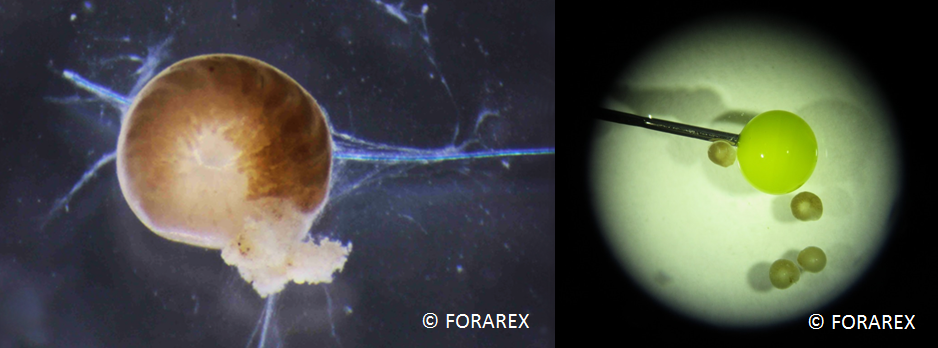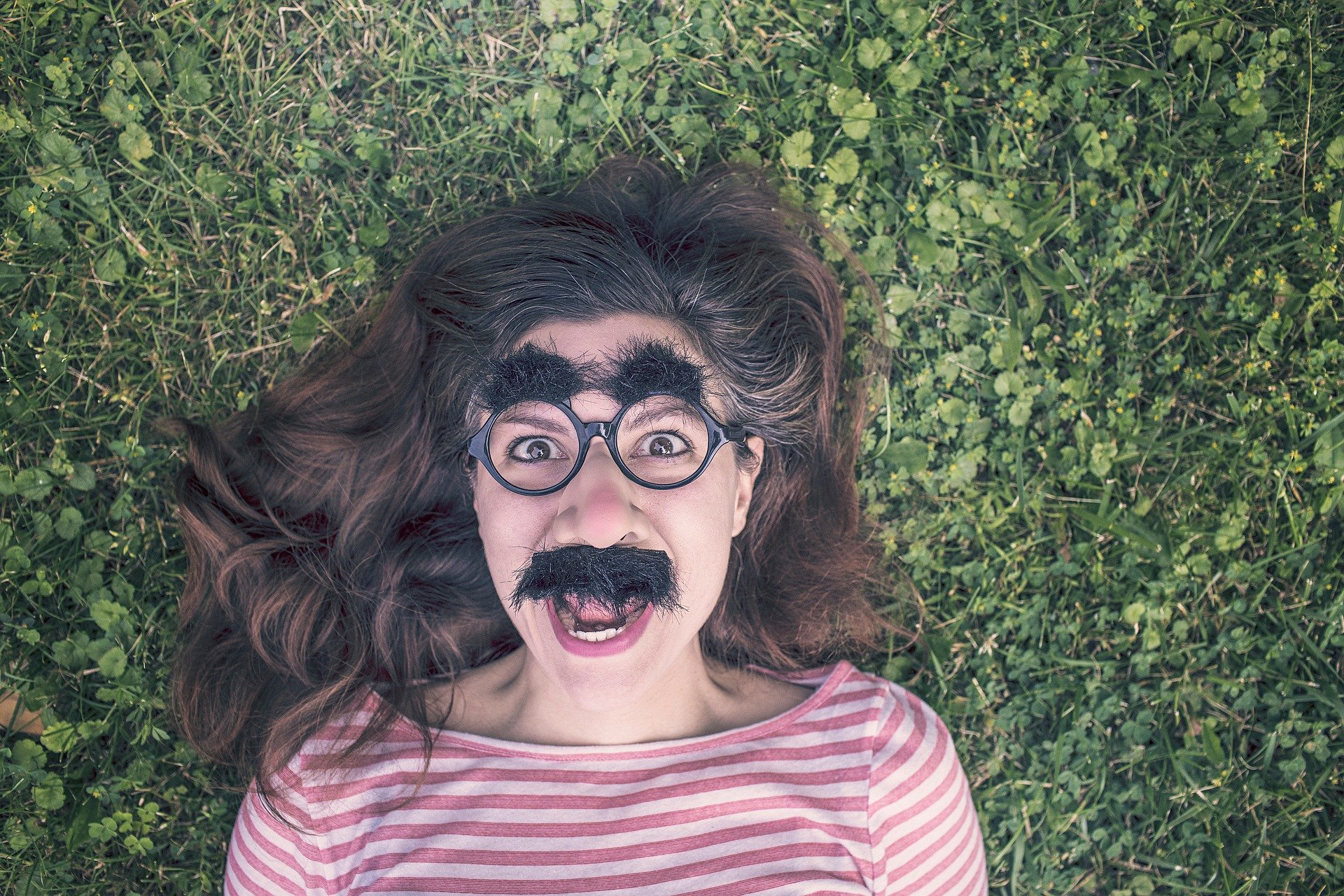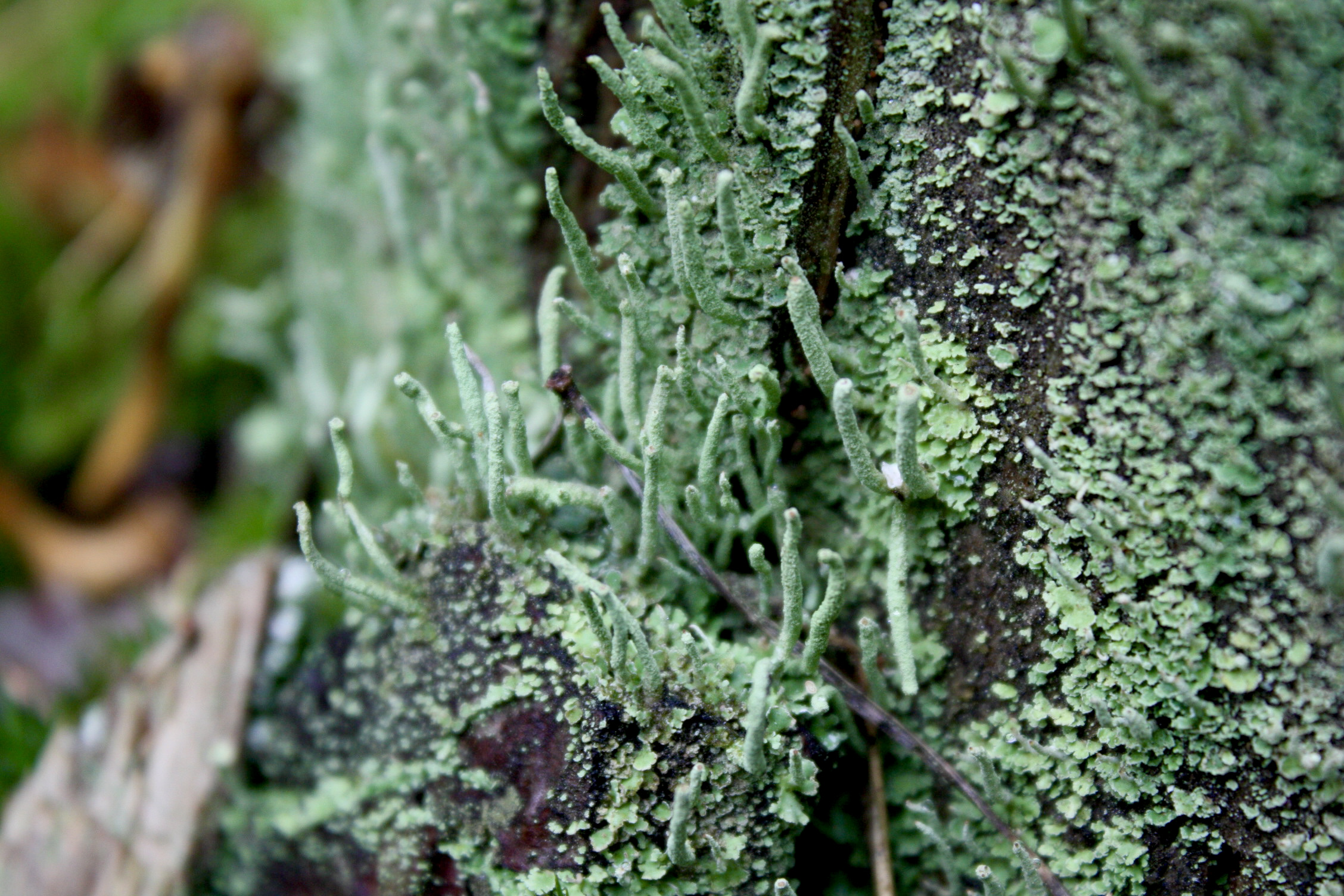
The Science Blog ends the year with an advent calendar full of science! Stay tuned for fun facts, memes and much more.

The Science Blog ends the year with an advent calendar full of science! Stay tuned for fun facts, memes and much more.
by Inga Meyenborg, translated by Greta Sondej

Fig.: Copyright © ZMorph3D 2019 / Pixabay
Anyone can print out a photo of a whistle at home with a classic inkjet printer. But no sounds can be elicited from this image. That is left to one’s own imagination. To create a three-dimensional, functional product, a different printing process is needed.
Even those who do not follow on engineering and manufacturing techniques have probably heard or read something about “3D printing”. But what exactly does “3D printing” mean?
by Greta Sondej and Christoph Kulmann
“There is no comfortable path that leads from the earth to the stars”, this was already known by the Roman philosopher and naturalist Lucius Annaeus Seneca (ca. 4 BC – 65 AD), also known as Seneca the Younger.
For our journey to the stars, we have been working towards this event for almost two years with our FORAREX project: The Launch Campaign at the European Space and Sounding Rocket Range (Esrange) at the civilian balloon and rocket launch site near Kiruna in northern Sweden. It is the highlight of the German-Swedish student programme REXUS/BEXUS, which we have already presented here on the Science Blog.
by Christoph Kulmann and Greta Sondej

Fig. 1: With a bit of luck, you can see northern lights (Aurora borealis) in the night sky during the training week. Copyright © WikiImages 2012 / Pixabay
Long anticipated and eagerly awaited, our student training week starts in snowy Lapland near Sweden’s northernmost city: Kiruna (from the North Sami “giron”, meaning “snow grouse”).
Bremen Airport is already getting us in the mood for the weather that awaits us in Lapland…
An European Education Programme Empowers Students to Develop Their own Space Mission
by Greta Sondej and Christoph Kulmann

Fig. 1: Have you always wanted to send an experiment into space? In this case, the German-Swedish student programme REXUS/BEXUS is the right choice for you. Copyright © Arek Socha 2016 / Pixabay
In our last article, we told you about our FORAREX project, which we developed within the framework of the German-Swedish REXUS/BEXUS programme.
But what exactly does this REXUS/BEXUS programme entail? And who can participate?
by Team FORAREX

Fig. 1: Maximum relaxation – lounging on the seabed and swaying to the rhythm of the waves. Copyright © StockSnap 2017 / Pixabay
Imagine you are living under the sea. You see the suns rays shining through the water. There is sand beneath you. The water flows around you to the rhythm of the wave – and you sway with it (see Fig. 1). Everything feels very pleasant. You are thinking how wonderful your home is. The waves, the light – everything is perfect.
But suddenly a dark shadow looms over you – and this shadow takes you out of this paradise and catapults you into space! Isn’t that a disturbing and rather improbable idea?
But that is in fact my story.
by Christoph Kulmann and Greta Sondej

Fig.1: Left: Close-up of a foraminifera with pseudopodia; right: Four foraminifera in direct size comparison with a pinhead. Copyright © FORAREX 2018
Foraminifera (Latin for “hole bearers”, informally called “forams”) are single-celled organisms that usually have a multi-chambered shell, which can be built in various ways depending on the species. They are the stars of the FORAREX (FORAminifera Rocket EXperiment) project, in which we investigate their behaviour and shell growth under microgravitational conditions.
by Katharina (‘Kina’) Schmitz, supplemented and translated by Greta Sondej

Fig. 1: Copyright © Ryan McGuire 2014/ Pixabay
Surely, everyone has wondered how 99 Festivalbesucherinnen (female festival visitors) become 100 Festivalbesucher (male festival visitors) as soon as one man stumbles into the dancing and partying mob. Poof, all the confidently partying women are just gone.
by Vivienne Vent

Fig. 1: Fungi can live as pathogens as well as in a mutualistic relationship with various other species. An example of such mutualistic interaction are lichens. Photo: ©Vivienne Vent 2021
Eatable, inedible, deadly. Tiny and of enormous size. Hardly any life form is as diverse as that of the fungi. Neither they can be called animals nor plants, they form their own taxon amongst the living organisms. Even though, they are a big part of our nutrition, we barely know how complex these organisms actually are. For example, did you know that the planets biggest living organism is in fact a fungus? Or did you know that fungi made the evolution of many life forms on earth possible by establishing complex interactions aka symbioses? Find out more about these fascinating organisms!
By Pia Götz

Figure 1: Rendered Micro-CT images of a shard of a Siegburg Stoneware depicted from different perspectives. © Pia Götz
What do a torn ligament in the ankle joint and an air bubble in a shard from the 16th century century have in common? Both can be determined and measured non-destructively. With a computer tomograph.
© 2024 Science Blog der Uni Bremen
Theme by Anders Norén — Up ↑
Recent Comments